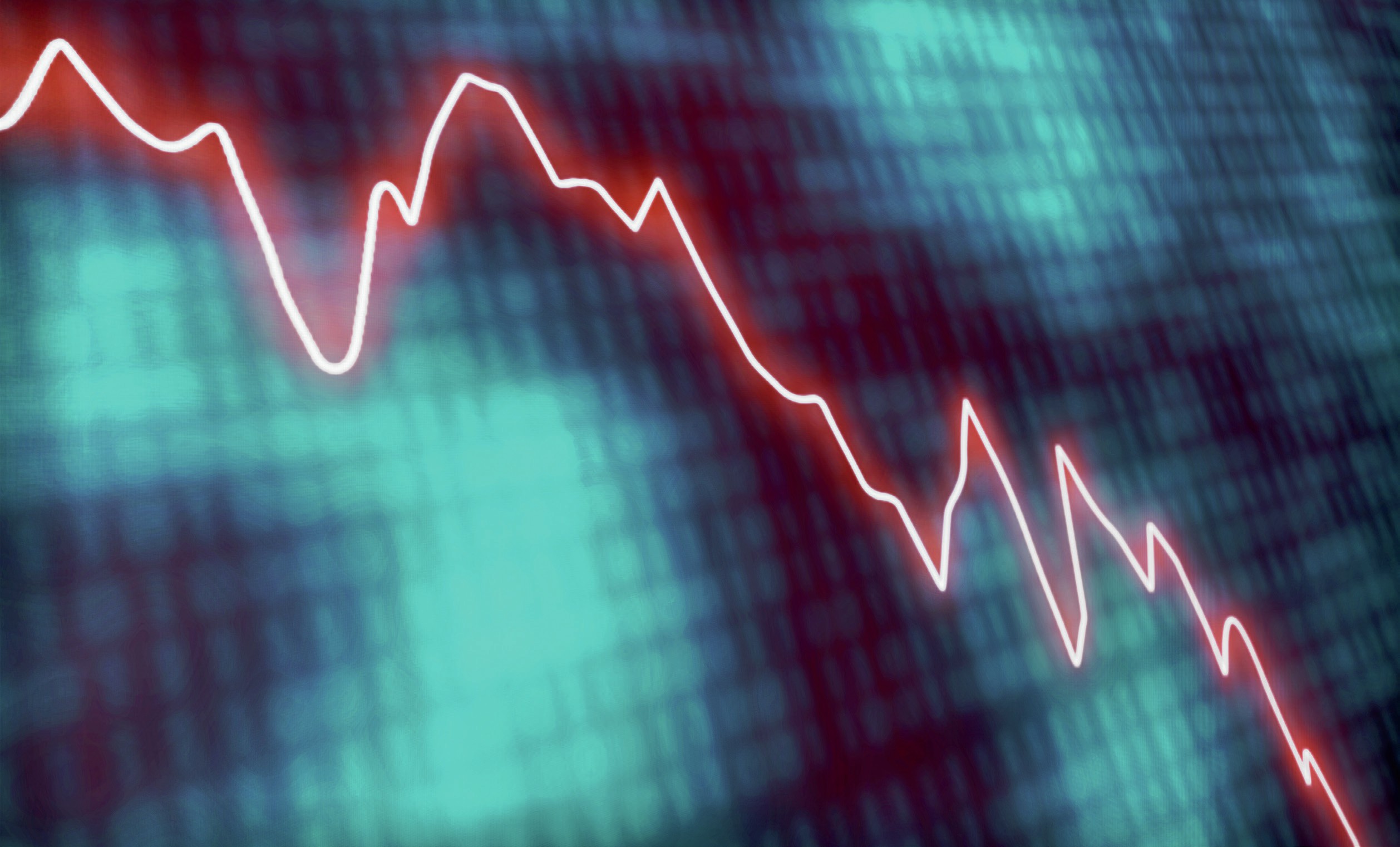
Economic crashes come in different forms. Some are local in scope while others are global. Some even relate to one particular sector of the economy. As a result, these crashes have different causes and outcomes. Popular approaches to the economics of crashes tend to stress that the same thing is happening again and again. The idea that history repeats itself is a very powerful one, but is it correct? This article looks at the ‘Bubble Year’ of 1720 to argue that each crash is different.
In 1720, there were two major financial crashes. First, the Paris stock market boomed and then share prices collapsed. Shortly afterwards, the London stock market did the same. Historians call the French crash the Mississippi Bubble, while the London crash is called the South Sea Bubble. These names refer to the two major companies that are associated with each crash.
Your organisation does not have access to this article.
Sign up today to give your students the edge they need to achieve their best grades with subject expertise
Subscribe




